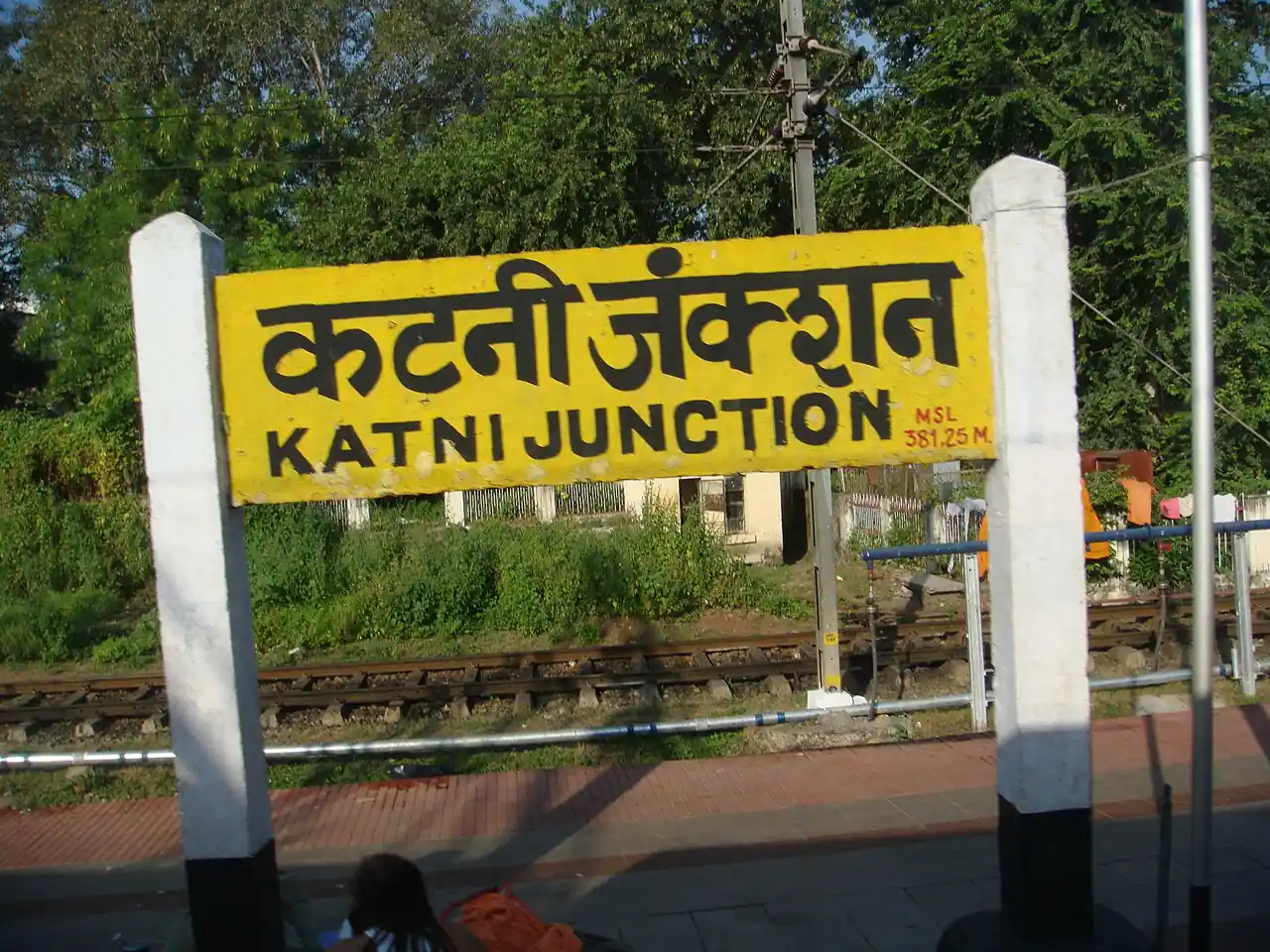Katni: Where History Meets Modernity in the Heart of India
“Ready to explore Katni? Share this guide or plan your trip today!”
🔴 Introduction
Katni, officially known as Murwara, is a city steeped in history, culture, and natural beauty. Nestled in central Madhya Pradesh, this lesser-known destination offers a tapestry of ancient temples, tribal heritage, and industrial prowess. Often overshadowed by tourist hotspots like Khajuraho or Bandhavgarh, Katni is a treasure trove for travellers seeking authenticity and depth.
Table of Contents
- Katni: Where History Meets Modernity in the Heart of India
- 🔴 Introduction
- Katni, Madhya Pradesh, India: A Cultural and Historical Odyssey
- 🟢 Detailed Introduction to Katni
- Katni, Madhya Pradesh, India: A Comprehensive Guide
- 🟣 Detailed Section Breakdown
- 🔘 History & Architecture: Echoes of Empires
- ➨ Interview Insight:
- ➸ Mr. Rajesh Tiwari, a historian from Jabalpur University, shares:
- 🔘 How to Reach Katni
- 🔘 Top Attractions & Itineraries
- 🎯 Bahoriband:
- 🎯 Bilhari:
- 🎯 Jhinjhari Rock Art:
- 🎯 5-Day Itinerary: (Option 1)
- 🔘 Cultural Deep Dive
- ➨ Festivals:
- ➨ Local Crafts:
- 🔘 Travel Tips & Climate
- 🔘 Best Places for Refreshments with Authentic Local Food
- 🍽 Chappan Dukan (Gole Bazar):
- 🍽 Mirza Ismail Road Street Stalls:
- 🍽 Hotel Radhika (Badera):
- 🍽 Shri Balaji Regency Inn (Near Railway Station):
- 🔘 Best Places to Visit with Granular Details
- 🎯 Vijayraghavgarh Fort:
- 🎯 Roopnath Dham:
- 🎯 Jhinjhari Rock Art:
- 🎯 Bahoriband:
- 🔘 Where to Stay
- ➤ Luxury Hotels:
- 🏛️ Bundela Bandhavgarh by Octave
- 🏛️ The Arindum
- ➤ Budget Hotels:
- 🏛️ Hotel Tulsi Katni
- 🏛️ Shri Uttam Palace
- ➤ Dharamshalas:
- 🔘 Notable People and Their Contributions
- 🔘 Demographics of Katni District
- 🔘 Climatic Conditions
- 🔘 Talukas (Tehsils) in Katni District
- 🔘 Industrial Development and Commercial Activities
- 🔘 Famous Companies
- Also Read
- 🔘 Sectional Breakdown with Local Interviews & Itineraries
- ➨ Local Interview:
- ➸ Mr. Rajesh Tiwari, Historian:
- ➸ 5-Day Itinerary: (Option 2)
- ➤ FAQs
- ➤ Conclusion

Geography & Climate: Located at 23.82°N 80.39°E, Katni sits at an elevation of 508 meters, with the Katni River flowing through its heart. The region experiences a subtropical climate: scorching summers (April–June), monsoons (July–September), and mild winters (October–March). Winter temperatures hover around 15°C – 30°C, making it ideal for exploration.
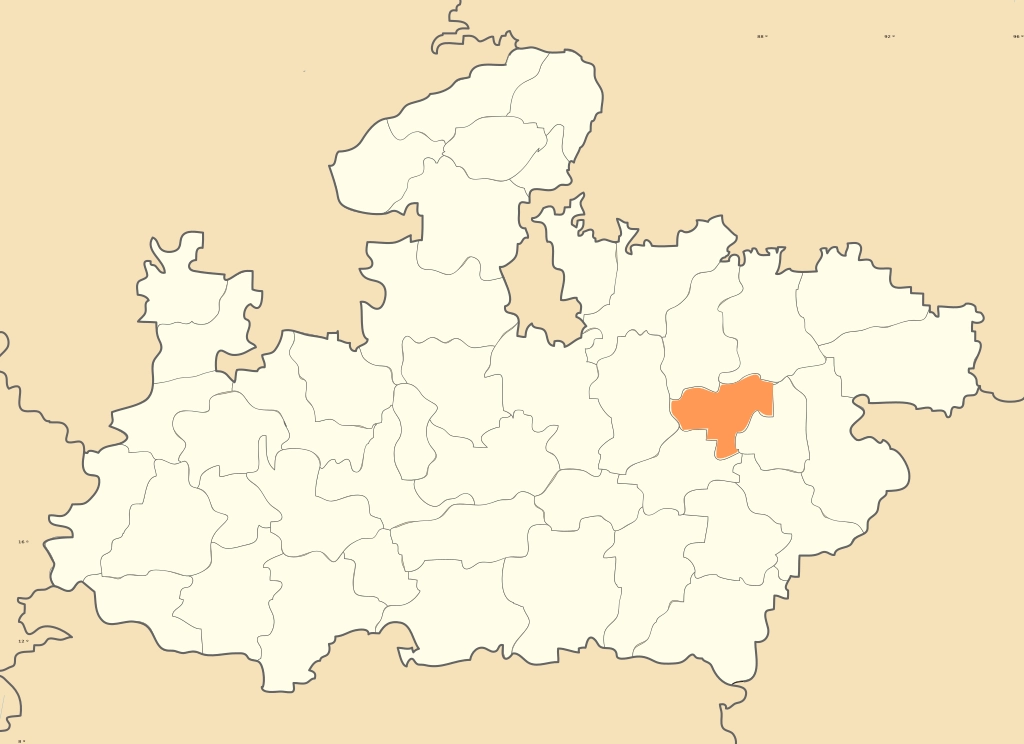
Cultural Melting Pot: Katni is a confluence of three cultural zones—Mahakausal, Bundelkhand, and Baghelkhand. This blend is evident in its festivals, dialects, and crafts. Locals celebrate Holi with tribal dances like the Karma and relive legends of warrior kings like the Kalchuris and Chandelas.
Historical Significance: The city’s nickname, “Mudwara”, has intriguing origins. One theory links it to the British-era practice of displaying severed heads (mud) of rebels, while another points to the half-circular railway junction (mode) shaping its identity.

Economic Backbone: Known as the “Lime Stone City”, Katni thrives on mining and cement industries. Its railway junction, one of India’s largest, connects major cities like Delhi and Kolkata, fuelling trade and tourism.

Why Visit Katni?
⦿ Ancient Architecture: From Gupta-era temples to Kalchuri forts.
⦿ Wildlife Proximity: Gateway to Kanha and Bandhavgarh National Parks.
⦿ Tribal Culture: Home to Kols, Gonds, and Bharias.
⦿ Offbeat Experience: Escape crowded tourist trails.
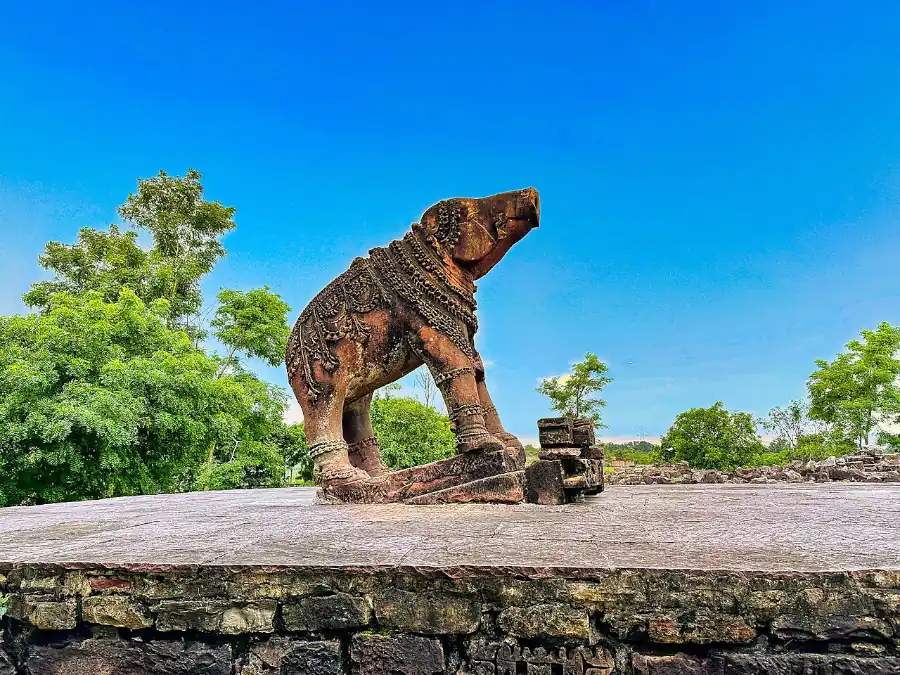
Katni, Madhya Pradesh, India: A Cultural and Historical Odyssey
🟢 Detailed Introduction to Katni
Katni, officially known as Murwara, is a city steeped in history, culture, and industrial significance. Nestled in the Mahakoshal region of central Madhya Pradesh, it lies on the banks of the Katni River and serves as the administrative headquarters of Katni District. The city’s strategic location at 23.82°N 80.39°E places it 90 km from Jabalpur, the divisional headquarters, and connects it to major Indian cities via one of the largest railway junctions in the country.

Historical Legacy: Katni’s origins are intertwined with tales of valour and rebellion. The name “Murwara” is derived from two legends: one linked to the British-era practice of displaying severed heads (Mud) of rebels, and another referencing its half-circular railway junction (Mode). The region’s history spans ancient empires, including the Kalchuris and Chandelas, evident in its archaeological sites like the 5th-century Kankali Devi Temple in Tigawa and the 3rd-century BCE Roopnath Temple with Ashokan edicts.
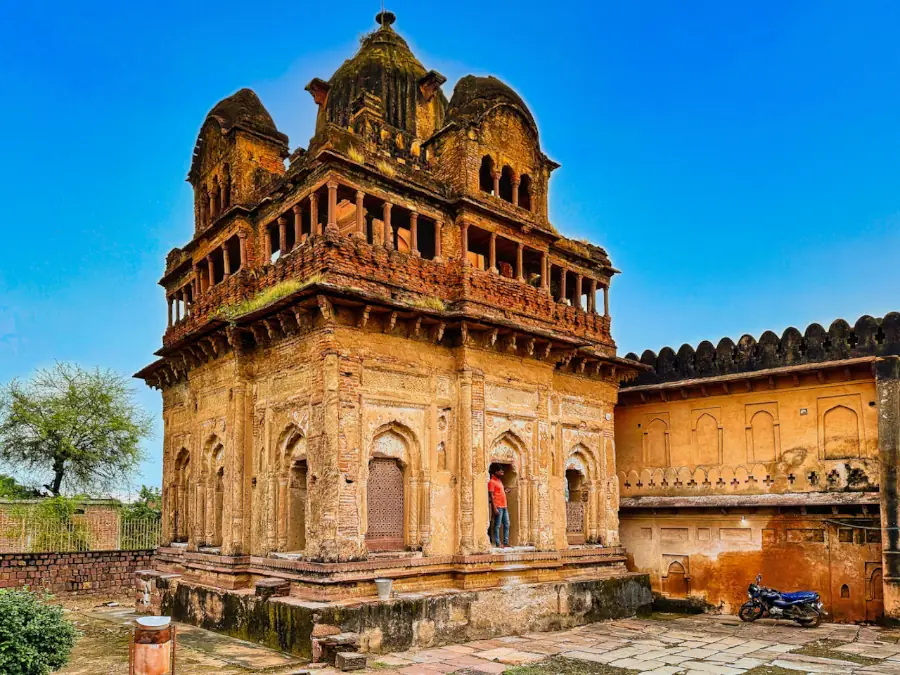
Cultural Confluence: Katni is a melting pot of three cultural zones—Mahakausal, Bundelkhand, and Baghelkhand—reflected in its festivals, dialects, and crafts. Tribal communities like the Kols (41%), Gonds (34%), and Bharias (20%) contribute to its vibrant traditions, celebrated through dances like the Karma and festivals like Nag Panchami.
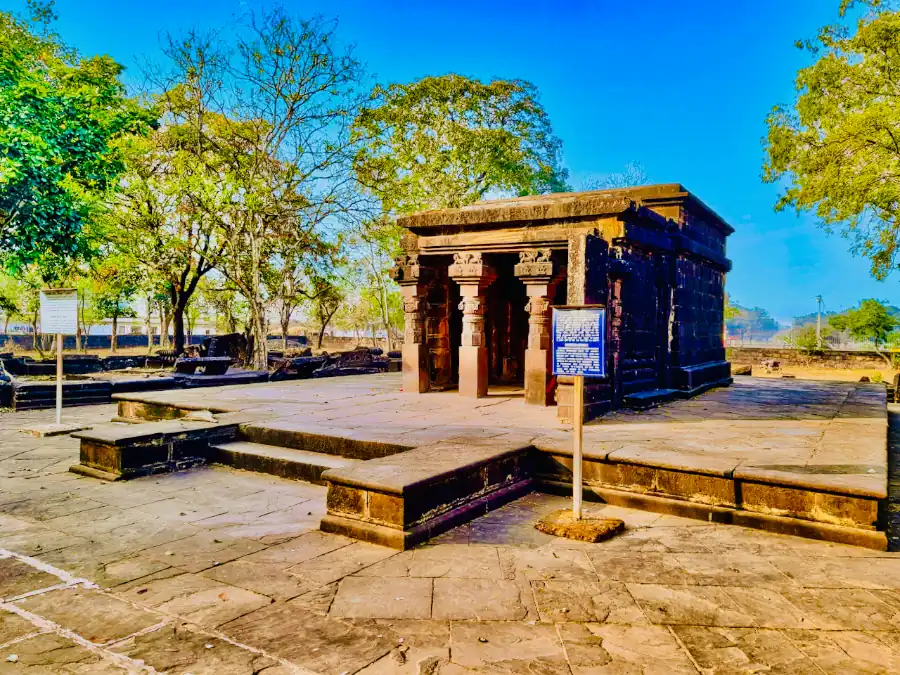
Economic Backbone: Dubbed the “Lime Stone City”, Katni thrives on mineral wealth, including limestone, bauxite, and marble. Its industrial landscape features cement factories, railway workshops, and the Ordnance Factory Katni, a key defence production unit. The district also participates in the One District One Product (ODOP) initiative, promoting its unique “Katni Stone” for global exports.
Also Read
Ludhiana, Punjab, India – The Industrial Heartbeat with Timeless Heritage
Geography and Connectivity: At an elevation of 508 meters, Katni experiences a subtropical climate. The Katni River and Chhoti Mahanadi nourish its fertile plains, supporting agriculture (wheat, rice) and forestry. The city’s Katni Junction Railway Station links it to Mumbai, Delhi, and Kolkata, while NH 44 and Jabalpur Airport (90 km away) enhance road and air connectivity.
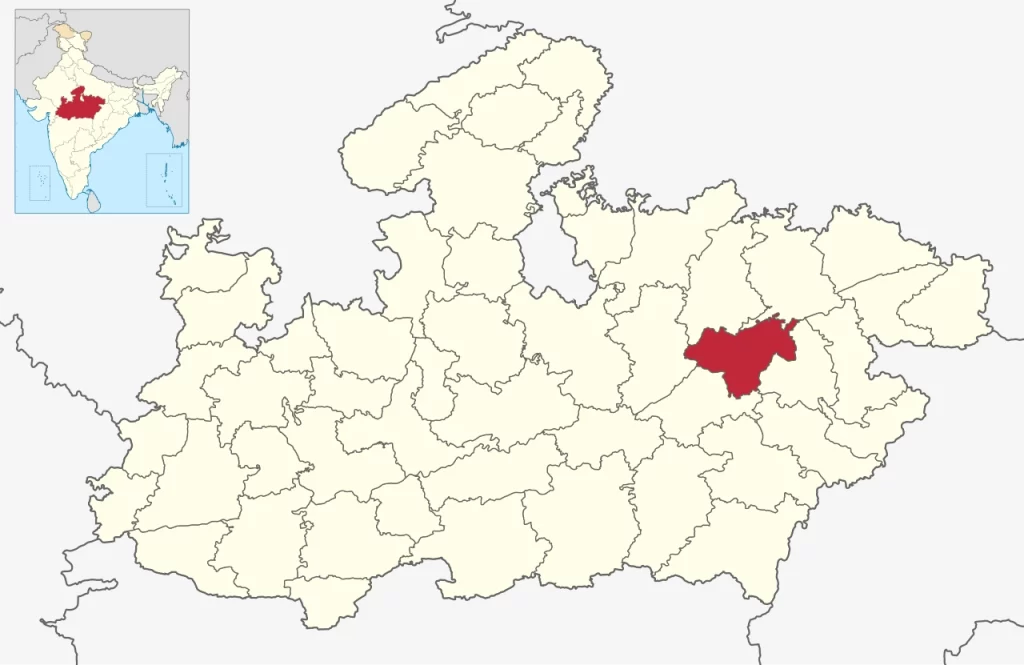
Urban Demographics: As of 2011, Katni’s urban population was 221,875, with a literacy rate of 87.43%. Hinduism dominates (91.85%), followed by Islam (5.4%) and Jainism (1.3%). The district’s overall population of 1.29 million reflects a rural-urban divide, with 20.41% residing in urban areas.
Tourism Potential: From the Vijayraghavgarh Fort to the prehistoric Jhinjhari Rock Art, Katni offers a blend of historical, natural, and spiritual attractions. Its proximity to wildlife sanctuaries like Bandhavgarh and Kanha makes it a gateway for eco-tourism.
Challenges and Growth: Despite its mineral wealth, Katni remains one of India’s 250 most backward districts, reliant on the Backward Regions Grant Fund. Infrastructure gaps and competition in the global stone market pose challenges, but initiatives like the proposed Multi-modal Logistic Park aim to bolster trade.

Katni, Madhya Pradesh, India: A Comprehensive Guide
🟣 Detailed Section Breakdown
🔘 History & Architecture: Echoes of Empires
Katni’s history spans millennia. The Tigawa village, with its 5th-century Kankali Devi Temple, showcases Gupta-era artistry. The temple’s pillars feature carvings of river goddesses Ganga and Yamuna, while its flat-roofed sanctum reflects early Nagara architecture.
Vijayraghavgarh Fort, built by Prince Prayagdash in the 18th century, blends Rajput and Mughal styles. Its Rangmahal (palace of colours) has intricate murals made from Karitalai stone.
Roopnath Temple, a 3rd-century BCE site, houses Ashokan edicts in Pali and ancient Shiva lingams. Local lore claims the tanks here—Sita Kund, Laxman Kund, and Ram Kund—were used by Lord Rama during exile.
➨ Interview Insight:
➸ Mr. Rajesh Tiwari, a historian from Jabalpur University, shares:
“Katni’s Tigawa was a thriving trade hub on the Bharhut-Tripuri route. The railway boom in the 19th century destroyed many temples, but remnants like the Kankali Devi Temple still whisper tales of Gupta glory”.
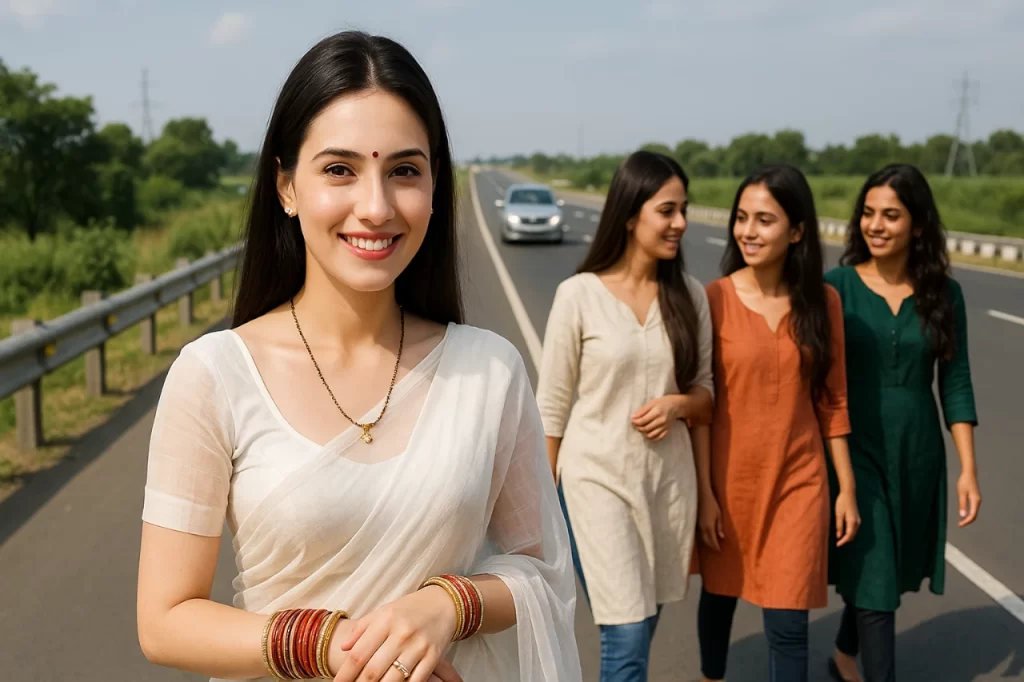
🔘 How to Reach Katni
➸ By Air: Nearest airport: Jabalpur (90 km, 2-hour drive). Connects to Delhi, Mumbai, and Bhopal.
➸ By Train: Katni Junction is a major rail hub with daily trains from Delhi (12 hours), Mumbai (18 hours), and Kolkata (14 hours).
➸ By Road: NH 7 and 12 link Katni to Jabalpur (80 km), Rewa (160 km), and Satna (120 km). Private taxis cost ₹14 – ₹20/km.
➨ Best Route: From Delhi, take the Mahakoshal Express to Katni Junction for a scenic journey through central India’s forests.
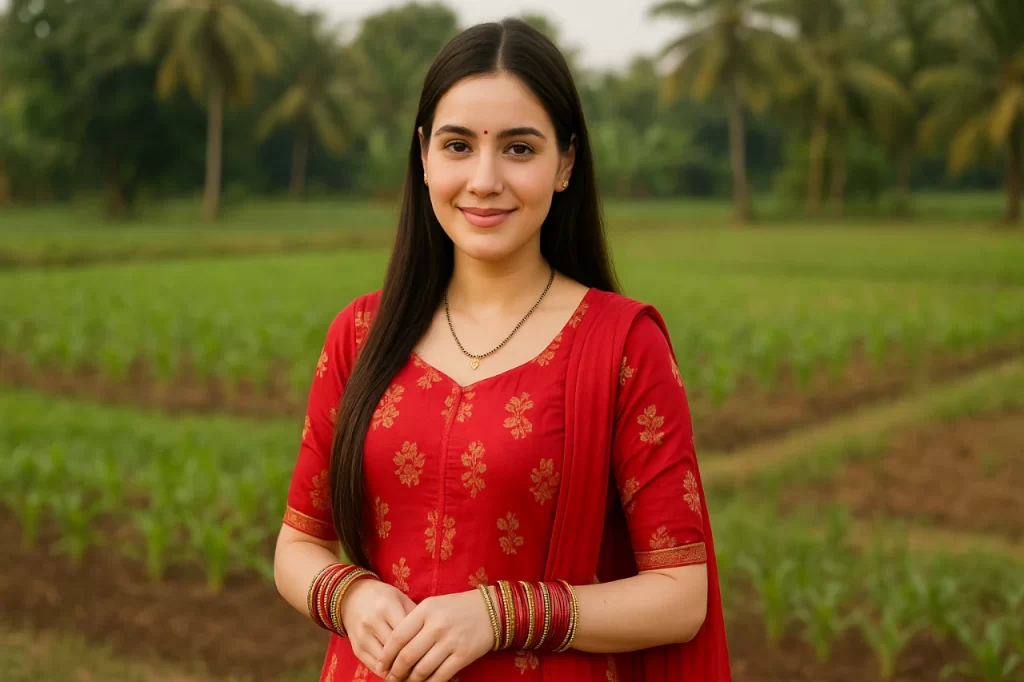
🔘 Top Attractions & Itineraries
🎯 Bahoriband:
➸ Jain Legacy: A 12th-century statue of Jain Tirthankara Shantinath, flanked by inscriptions about King Golhneshwar Rathore.
➸ Stone Park: Modern attraction showcasing Katni’s Marble Industry.
🎯 Bilhari:
➸ Varah Temple: A rare shrine dedicated to Lord Vishnu’s boar incarnation. The site has inscriptions about the Kalchuri king Kayoorvarsh.
🎯 Jhinjhari Rock Art:
➸ Prehistoric Canvas: 10,000-year-old paintings of hippos, bulls, and tribal rituals. A UNESCO candidate site.
🎯 5-Day Itinerary: (Option 1)
⦿ Day 1: Explore Katni Fort and Chaturbhujnath Temple.
⦿ Day 2: Day trip to Tigawa’s Kankali Devi Temple and Bilhari.
⦿ Day 3: Wildlife safari at Bandhavgarh (180 km).
⦿ Day 4: Visit Roopnath and Bahoriband.
⦿ Day 5: Shop for Katni’s famous Pan (Betel Leaves) and marble handicrafts.

🔘 Cultural Deep Dive
➨ Festivals:
⦿ Nag Panchami: Tribals worship snakes at Roopnath.
⦿ Diwali: The Bilhari Varah Temple lights up with 1,000 oil lamps.
➨ Local Crafts:
⦿ Marble Inlay Work: Inspired by Mughal designs, sold at Katni Haat.
⦿ Tribal Jewellery: Gond women craft bead necklaces using ancient techniques.
➨ Food: Savour Dal Bafla (Wheat Dumplings in Lentil Curry) at Chappan Dukan or Bhutte Ka Kees (Spiced Corn Mash) from street vendors.

🔘 Travel Tips & Climate
☁️ Winter (October–March): Ideal for sightseeing; pack light woollens.
🌧️ Monsoon (July–September): Lush landscapes but risky for trekking.
☀️ Summer (April–June): Avoid outdoor activities post – 11 AM.
➨ Health Tips: Carry bottled water; malaria prophylaxis recommended for rural areas.
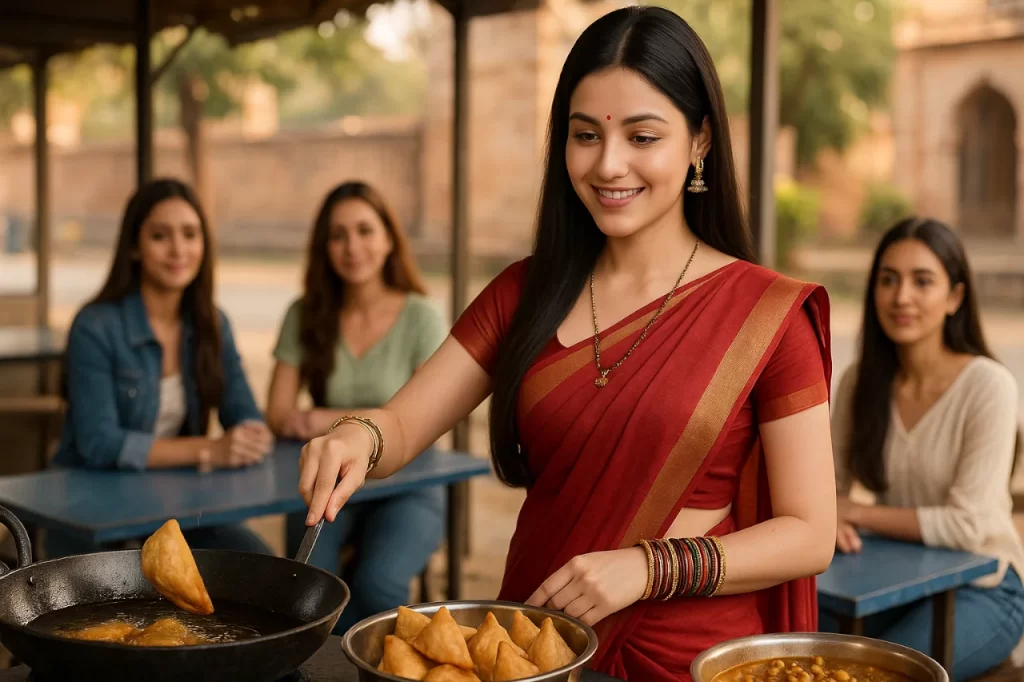
🔘 Best Places for Refreshments with Authentic Local Food
🍽 Chappan Dukan (Gole Bazar):
⦿ Specialties: Dal Bafla (Wheat Dumplings in Lentil Curry), Bhutte Ka Kees (Spiced Corn Mash).
⦿ Budget: ₹50 – ₹200 per plate. Open until 11 PM.
🍽 Mirza Ismail Road Street Stalls:
⦿ Must-Try: Aloo Bonda, Pani Puri, and Katni Pan (Betel leaves with unique masala).
⦿ Timings: Evening snacks served from 4 PM to 10 PM.
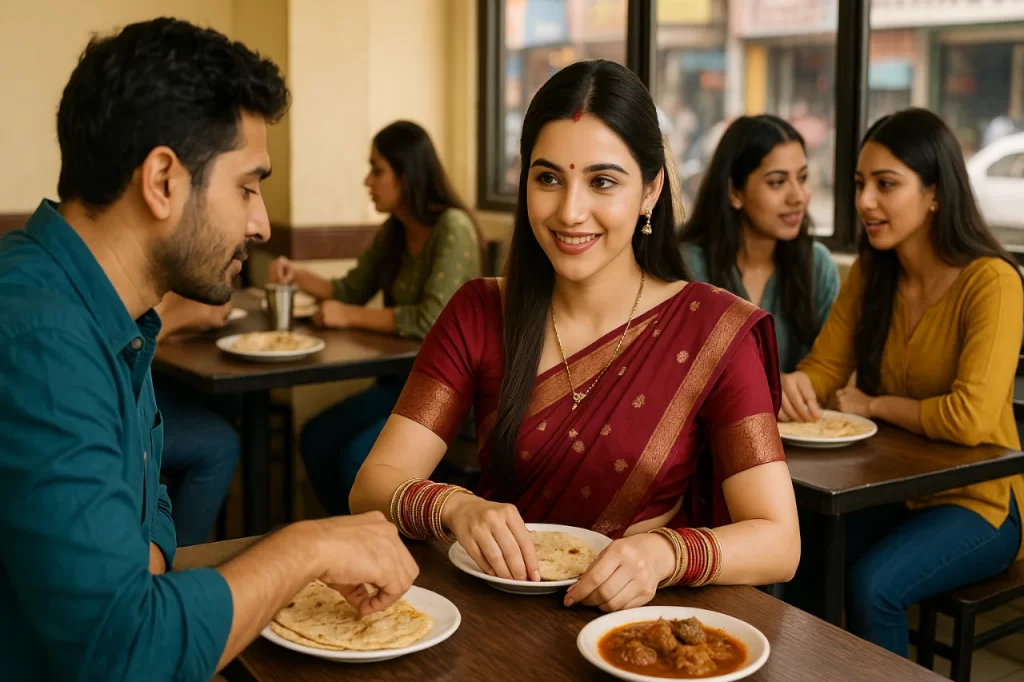
🍽 Hotel Radhika (Badera):
⦿ Signature Dishes: Rogan Josh and Poha-Jalebi.
⦿ Price Range: ₹300 – ₹800 per meal. Features a rooftop dining area.
🍽 Shri Balaji Regency Inn (Near Railway Station):
⦿ Highlights: Multi-cuisine buffet with local delicacies like Mawa-Bati.
⦿ Cost: ₹250 – ₹600 per person.
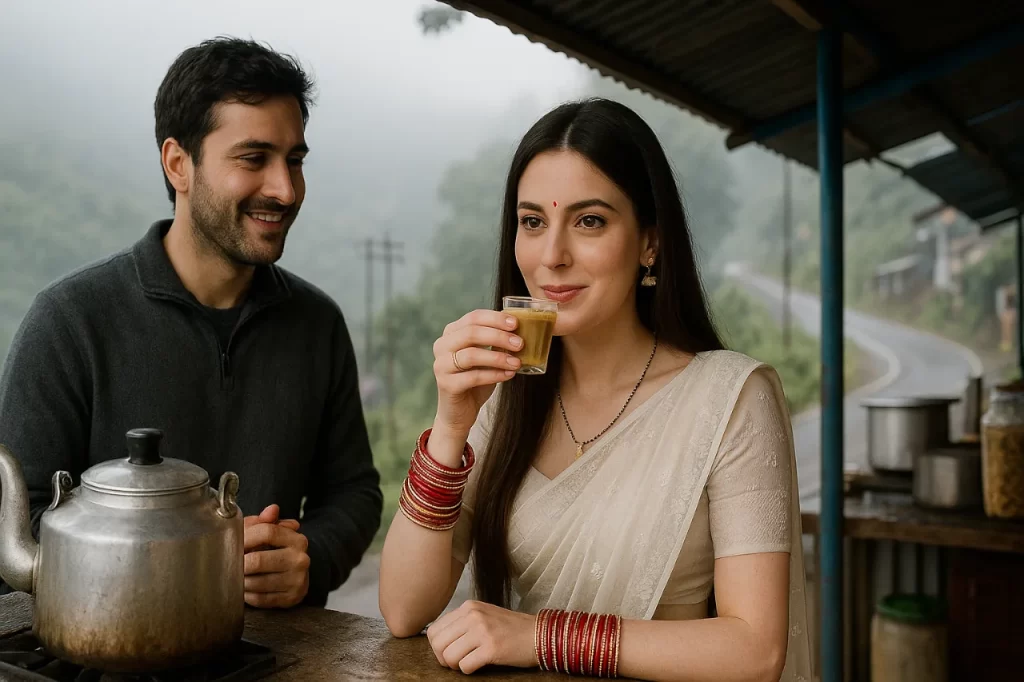
🔘 Best Places to Visit with Granular Details
🎯 Vijayraghavgarh Fort:
➸ Distance: 35 km from Katni.
➸ Architecture: Rajput-Mughal fusion with Rangmahal (Palace of Colours) adorned with Karitalai stone murals.
➸ Best Time: October–March; entry fee ₹50.
🎯 Roopnath Dham:
➸ Spiritual Significance: Houses Panchlingi (Five Shiva Lingams) and sacred tanks (Sita Kund, Laxman Kund).
➸ Historical Note: Ashokan edicts in Pali script date to 232 BCE.
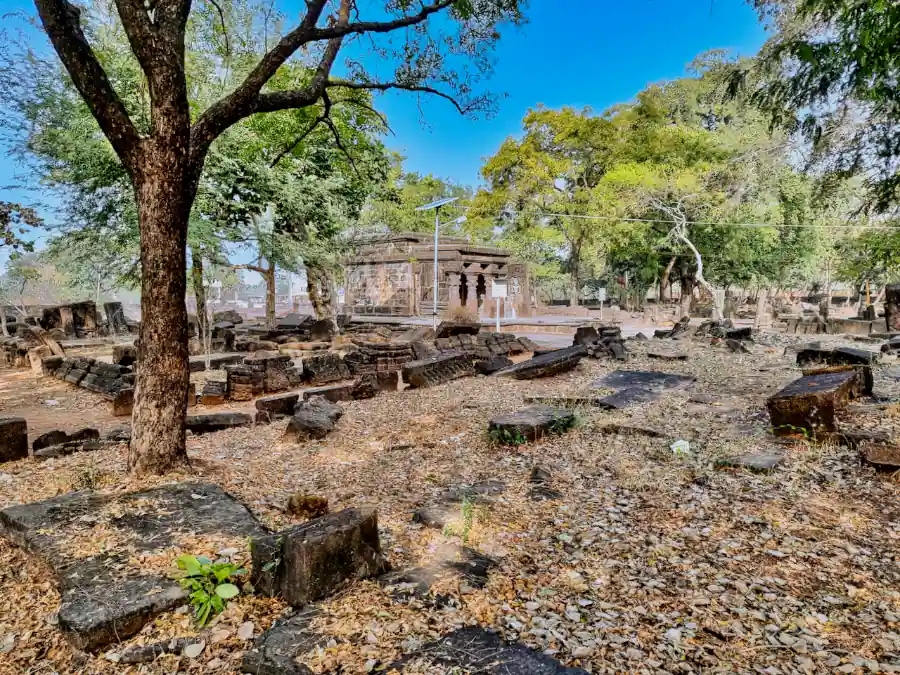
🎯 Jhinjhari Rock Art:
➸ Age: 10,000 BCE to 200 BCE.
➸ Features: Prehistoric paintings of hippos, tribal rituals, and hunting scenes.
🎯 Bahoriband:
➸ Attractions: 12-ft Jain Tirthankara statue, Stone Park showcasing Katni’s marble heritage.

🔘 Where to Stay
➤ Luxury Hotels:
🏛️ Bundela Bandhavgarh by Octave
⦿ Rates: ₹3,200 – ₹4,500/night.
⦿ Facilities: Jungle safari packages, pool, bonfire. Check-in: 12 PM.
🏛️ The Arindum
⦿ Rates: ₹3,500 – ₹5,000/night.
⦿ Amenities: Gym, swimming pool, airport transfers.

➤ Budget Hotels:
🏛️ Hotel Tulsi Katni
⦿ Rates: ₹800 – ₹1,200/night.
⦿ Features: Proximity to railway station, AC rooms.
🏛️ Shri Uttam Palace
⦿ Rates: ₹1,000 – ₹1,500/night.
⦿ Services: 24-hour room service, free Wi-Fi.
➤ Dharamshalas:
⦿ Sharda Mata Mandir Dharamshala: Free stay for pilgrims; basic amenities.
⦿ Roopnath Temple Guesthouse: Donation-based; vegetarian meals provided.

🔘 Notable People and Their Contributions
➸ Motilal Verma (1906–1993): Freedom fighter and political leader; instrumental in agrarian reforms.
➸ Pinky Maidasani: Folk singer and rapper; promotes tribal music globally.
➸ Akshat Khamparia: International chess player; represents India in Asian tournaments.
🔘 Demographics of Katni District
⦿ Population: 1.29 million (2011).
⦿ Religions: Hindus (96%), Muslims (2.88%), Jains (0.41%).
⦿ Tribes: Kols (41%), Gonds (34%), Bharias (20%).
⦿ Languages: Hindi (97.98%), Sindhi (1.56%).

🔘 Climatic Conditions
☀️ Summer (March–June): 28°C – 45°C; avoid outdoor activities post – 11 AM.
🌧️ Monsoon (July–September): Heavy rainfall (26°C – 35°C); lush landscapes but trekking risks.
☁️ Winter (October–February): 7°C – 26°C; ideal for tourism.
🔘 Talukas (Tehsils) in Katni District
⦿ Katni Mudwara
⦿ Vijayraghavgarh
⦿ Dhimarkheda
⦿ Bahoriband
⦿ Rithi
⦿ Barhi
⦿ Barwara

🔘 Industrial Development and Commercial Activities
⦿ Key Industries: Cement (UltraTech, ACC), Marble Processing, Limestone Mining.
⦿ ODOP Initiative: Katni Stone exports to the UK, USA, and UAE; ₹551 crore revenue (2022–23).
⦿ Railway Hub: Second-largest Diesel Shed in India; facilitates Coal and Mineral Transport.
🔘 Famous Companies
➸ Paul Marble & Granite: Leading exporter of Katni Stone.
➸ Ordnance Factory Katni: Defence equipment manufacturing.
Also Read
Unveiling Osmanabad (Dharashiv): Maharashtra’s Hidden Gem of History, Caves & Culture
🔘 Sectional Breakdown with Local Interviews & Itineraries
➨ Local Interview:
➸ Mr. Rajesh Tiwari, Historian:
“Katni’s Tigawa was a Gupta-era trade hub. The railway expansion in the 1800s disrupted temples, but remnants like Kankali Devi still stand as testaments to our past”.
➸ 5-Day Itinerary: (Option 2)
⦿ Day 1: Explore Katni Junction and Chaturbhujnath Temple.
⦿ Day 2: Visit Tigawa’s Kankali Devi Temple and Bilhari.
⦿ Day 3: Wildlife safari at Bandhavgarh.
⦿ Day 4: Roopnath Dham and Bahoriband Stone Park.
⦿ Day 5: Shop for marble crafts at Katni Haat.
This guide synthesises Historical, Cultural and Practical Insights for travellers and researchers. For detailed itineraries or industrial contacts, refer to the cited sources.

➤ FAQs
What is Katni famous for?
Limestone Mining, Ancient Temples and Prehistoric Rock Art.
How far is Kanha National Park from Katni?
150 km (3.5-hour drive).
Which tribe dominates Katni?
Kols (41%), followed by Gonds (34%).
➤ Conclusion
Katni is a mosaic of History, Culture and Nature. Whether you’re decoding Ashokan edicts, bargaining for Marble Crafts, or Spotting Tigers in Bandhavgarh, this district promises an unforgettable journey.
➤ Sources:
➸ Wikipedia – Katni
➸ Wikipedia – Katni District
➸ Katni District Administration
➸ Madhya Pradesh Tourism
➸ Tigawa Archaeological Study
➸ Census of India
Image Credit
➸ Wikimedia Commons – Katni Junction
➸ Wikimedia Commons – MP Katni district map
➸ Wikimedia Commons – 0010222 Tigowa temples site, Tigawan, Madhya Pradesh 008
➸ Wikimedia Commons – Madhya Pradesh district location map Katni
➸ Wikimedia Commons – Madhya Pradesh Katni location map.svg
➸ Wikimedia Commons – Tapasi Matha, Shaiva Hindu monastery, Bilhari Madhya Pradesh 04
➸ Wikimedia Commons – 0010222 Tigowa temples site, Tigawan, Madhya Pradesh 401
➸ Wikimedia Commons – An 18th century Bundela architecture temple in Bilhari, Madhya Pradesh
➸ Wikimedia Commons – KatniJunctionMadhyaPradesh2010
➸ Wikimedia Commons – 01022 Vishnu Varaha temple and ruins, Karitalai Karanpur, Madhya Pradesh
➸ Wikimedia Commons – 0010222 Tigowa temples site, Tigawan, Madhya Pradesh 568
➸ Wikimedia Commons – Madhya Pradesh Samparkkranti Express (NZM – JBP) Route map
For more information, you can visit our website: ExploreXP
Plan Your Trip: Share this guide or tag us in your Katni adventures! 🌍✨
Latest Posts
- Explore Gadchiroli, Maharashtra: History, Architecture, Culture, Itineraries and Nature

- Exploring Mughalsarai: History, Culture, and Travel
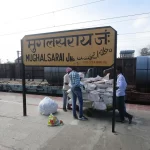
- Explore Katni, Madhya Pradesh: History, Culture, and Nature

- Ludhiana, Punjab, India – The Industrial Heartbeat with Timeless Heritage

- Unveiling Osmanabad (Dharashiv): Maharashtra’s Hidden Gem of History, Caves & Culture
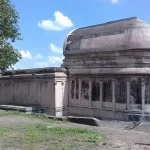
- Explore Sawantwadi: Maharashtra’s Hidden Gem of Heritage, Art, and Natural Splendour

